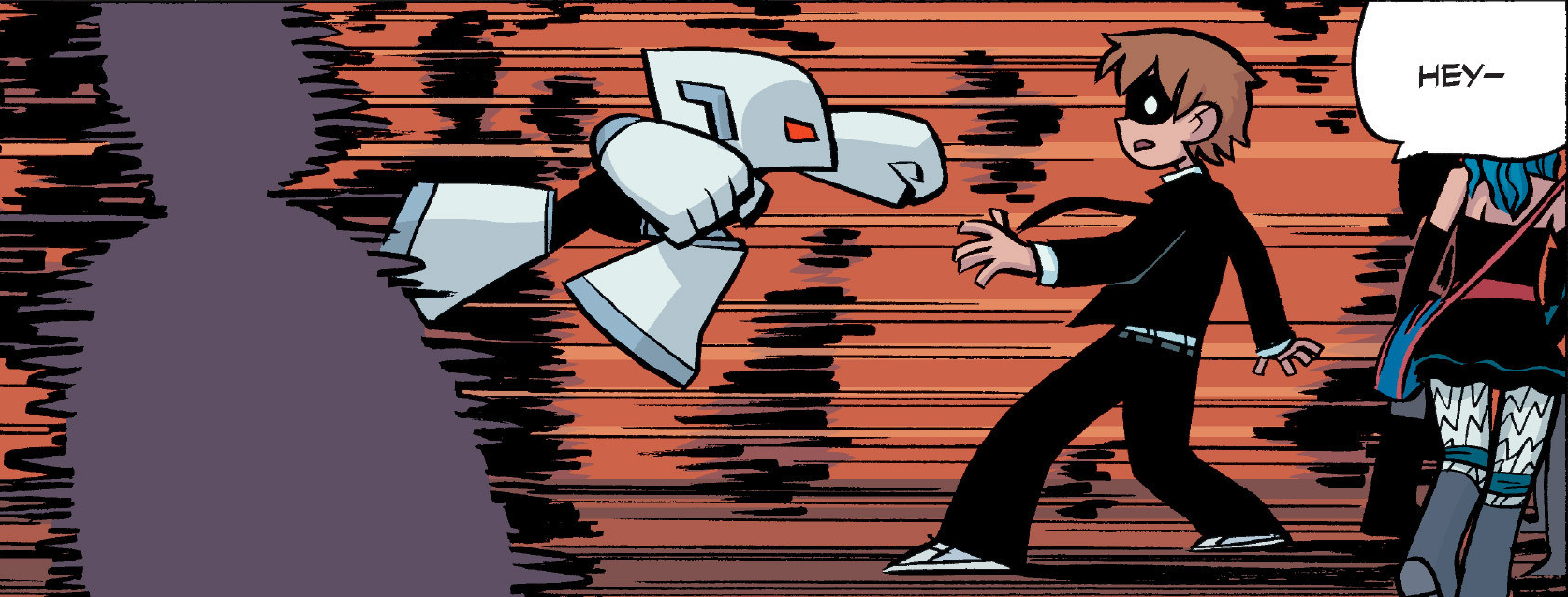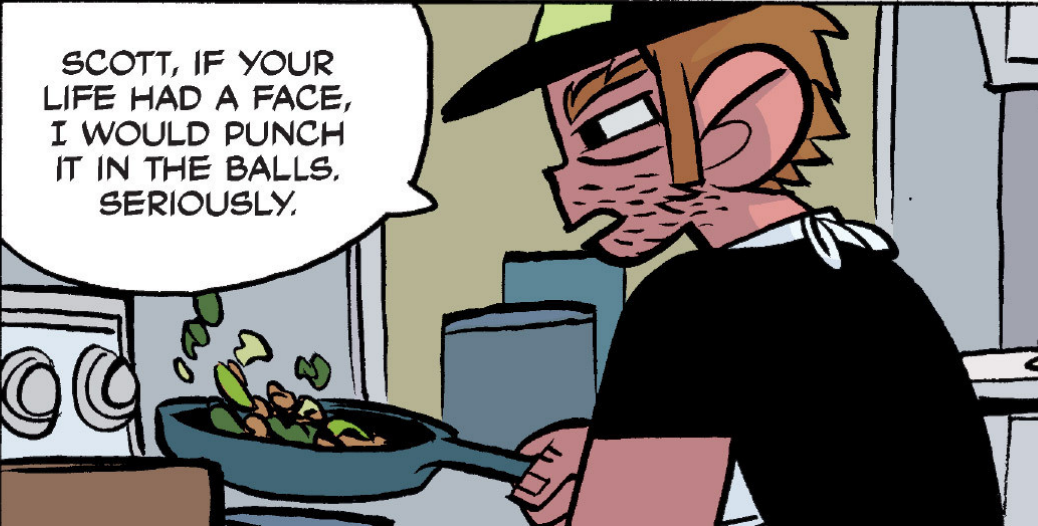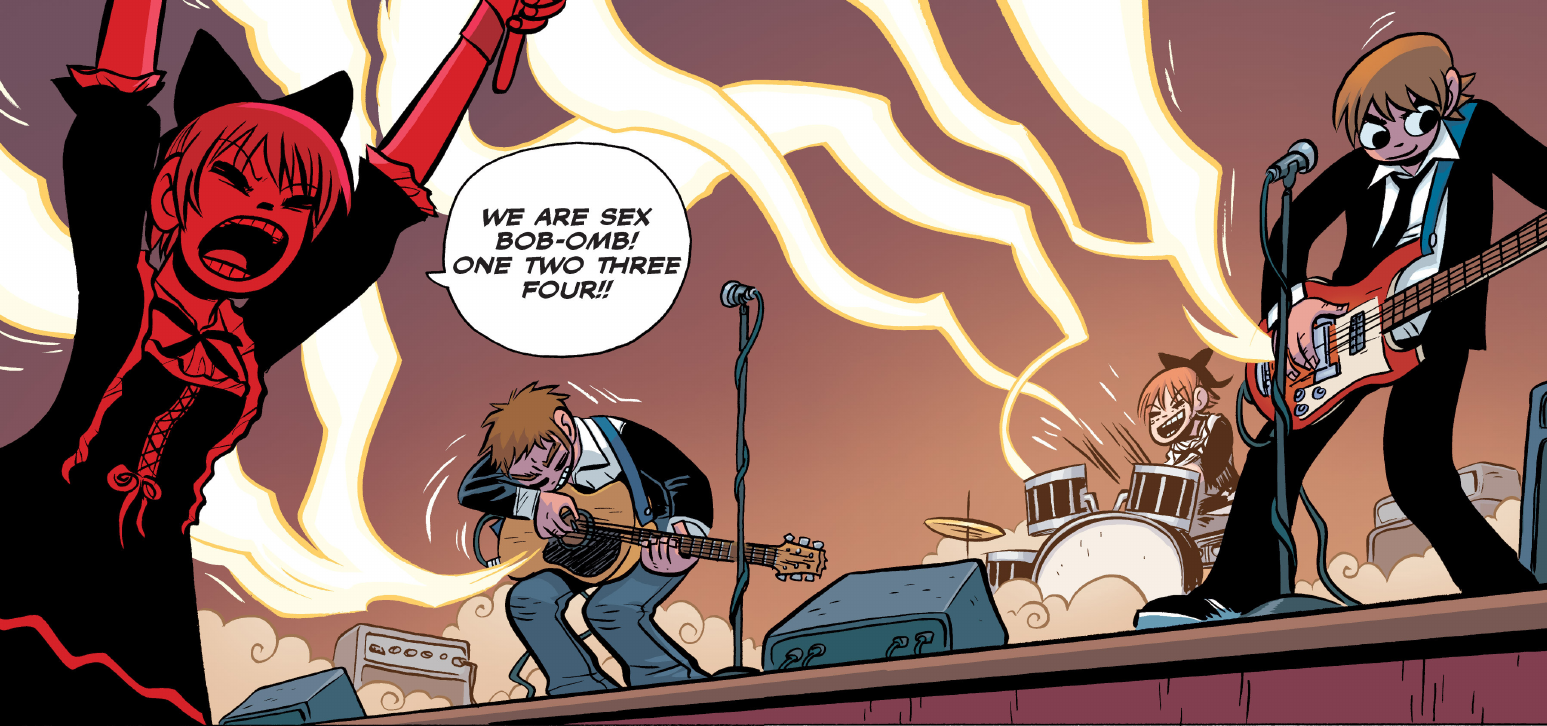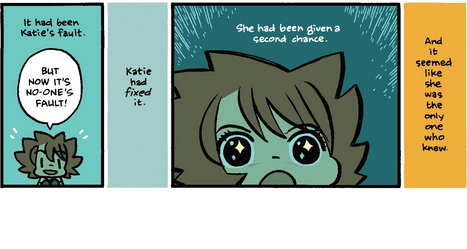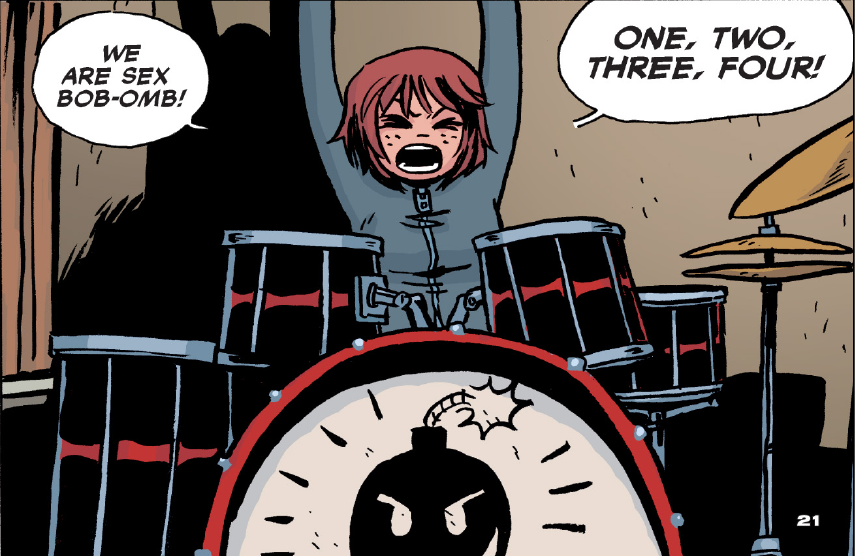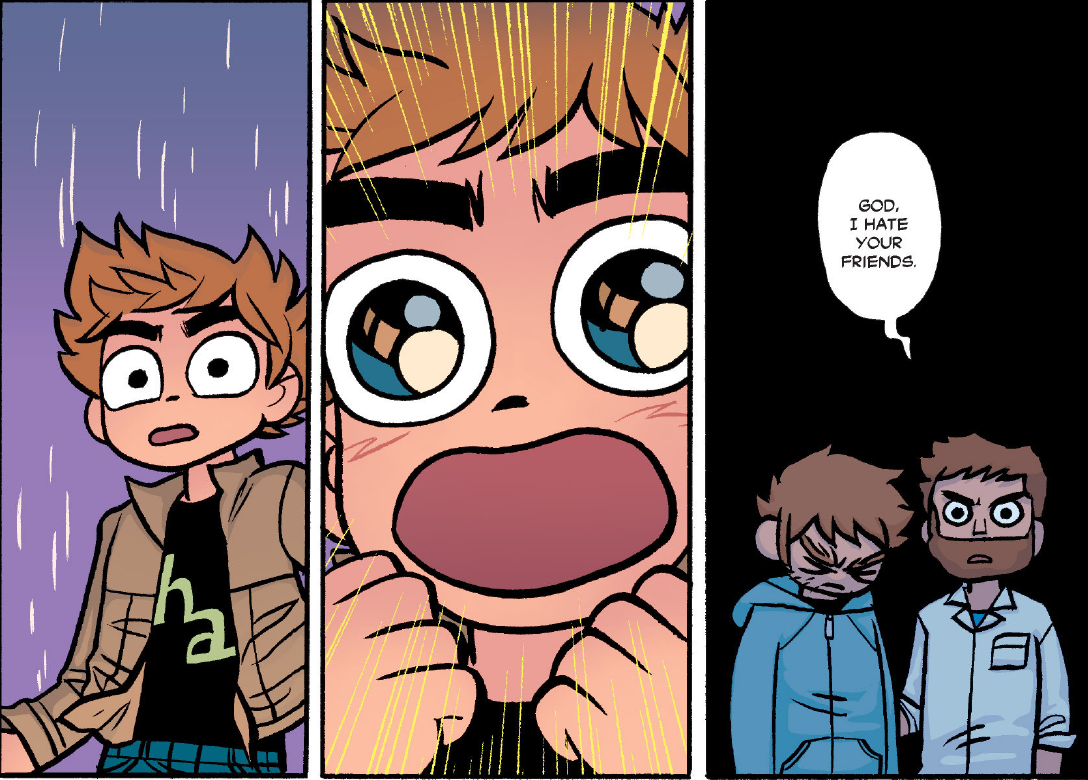
Scott Pilgrim's Finest Hour (in Color!)
I read Scott Pilgrim in its original manga-sized, black and white form when it first came out. With the final volume of the color version coming out this year, I thought it would be a great time to revisit the story as well as looking at how the addition of color changes things. I’ll be exploring the story and themes volume by volume. This time,we reach the conclusion with Volume 6. At this point, it appears that everyone has grown up except Scott Pilgrim. Nowhere is this more apparent than his misguided attempt to figure out if any girl who’s ever shown an interest in him will sleep with him. Of course, in this volume we finally learn why Scott Pilgrim has been such a dummy for the past five volumes - he purged himself of any self-reflection and memories of anything that ever went wrong. In one of the many Gen X/Y references, this is personified by Nega-Scott. Until Scott completes the metaphor by merging with Nega-Scott, he cannot grow up. Because no one can be a true adult if they don’t ever deal with anything they ever do wrong.
